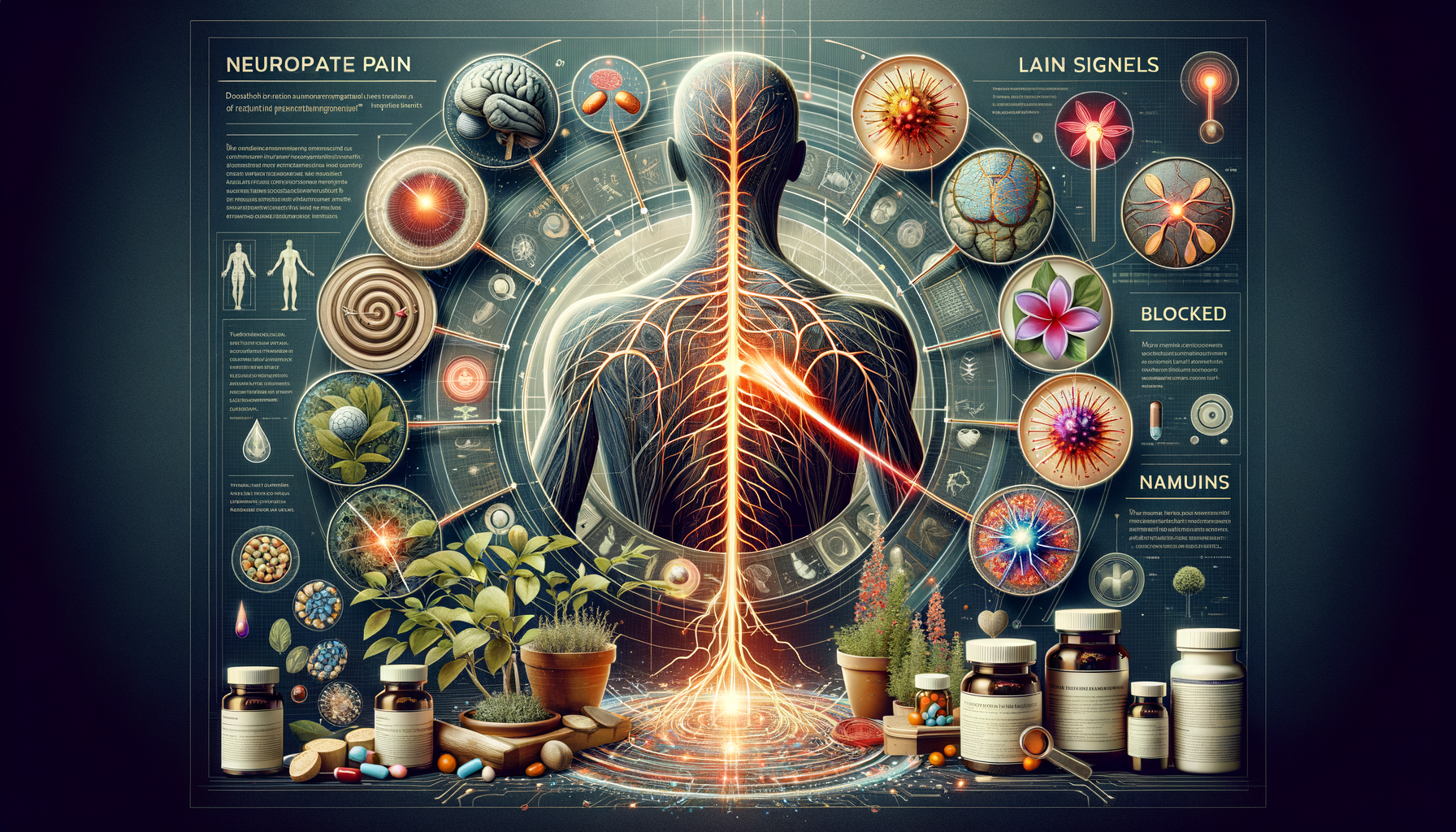Understanding Neuropathy and Its Impact
Neuropathy, a condition resulting from damaged nerves, can lead to varying degrees of pain, numbness, and weakness, primarily affecting the hands and feet. This condition can stem from numerous causes, including diabetes, infections, and traumatic injuries. The impact of neuropathy on daily life can be profound, often interfering with basic activities and diminishing overall quality of life. Understanding the underlying causes and symptoms is the first step towards effective management and relief.
For many, the pain associated with neuropathy can be debilitating. It is often described as a burning or tingling sensation, which can escalate to sharp, jabbing pains. This discomfort can disrupt sleep, limit mobility, and lead to emotional distress. Recognizing these symptoms early and seeking professional medical advice is crucial in managing the condition effectively.
Moreover, neuropathy can lead to complications beyond pain, such as increased risk of infections due to unnoticed injuries, especially in individuals with diabetes. Therefore, managing neuropathy is not only about alleviating pain but also about preventing further complications, which requires a comprehensive treatment approach.
Pharmacological Treatments
Pharmacological interventions are a cornerstone in the management of neuropathy pain. These treatments aim to reduce pain and improve nerve function. Several classes of medications are commonly used:
- Antidepressants: Certain antidepressants, like tricyclics, have been found to relieve neuropathic pain by altering the chemical processes in the brain and spinal cord.
- Anticonvulsants: Originally developed to treat epilepsy, these medications can also alleviate nerve pain by stabilizing electrical activity in the nerves.
- Topical Treatments: Creams and patches containing capsaicin or lidocaine can be applied directly to the skin to provide localized pain relief.
While these medications can be effective, they may also come with side effects such as dizziness, drowsiness, or gastrointestinal issues. Therefore, it is essential for patients to work closely with their healthcare providers to find the most suitable medication regimen, balancing efficacy and tolerability.
In some cases, opioid medications may be prescribed for severe pain, but these are typically reserved for short-term use due to the risk of addiction and other adverse effects. Continuous monitoring and adjustments in treatment are often necessary to achieve optimal results.
Non-Pharmacological Approaches
In addition to medications, non-pharmacological treatments play a vital role in managing neuropathy pain. These approaches can complement pharmacological treatments and provide additional relief:
- Physical Therapy: Engaging in physical therapy can help improve mobility, strengthen muscles, and reduce pain through targeted exercises and stretches.
- Acupuncture: This traditional Chinese medicine technique has gained popularity for its potential to alleviate neuropathic pain by stimulating specific points on the body.
- Transcutaneous Electrical Nerve Stimulation (TENS): This therapy uses low-voltage electrical currents to provide pain relief by disrupting pain signals.
These non-invasive treatments can be particularly beneficial for individuals seeking to minimize medication use or those who experience side effects from pharmacological treatments. They can also enhance overall well-being by promoting relaxation and reducing stress, which can exacerbate pain symptoms.
Incorporating lifestyle changes, such as maintaining a healthy diet, regular exercise, and stress management techniques, can further support nerve health and improve outcomes for those living with neuropathy.
Emerging Therapies
As medical research advances, new therapies for neuropathy pain are emerging, offering hope for more effective management. One such promising area is the use of regenerative medicine, which includes treatments like stem cell therapy and platelet-rich plasma (PRP) injections. These therapies aim to repair and regenerate damaged nerves, potentially reversing the effects of neuropathy.
Another innovative approach is the use of medical cannabis. Certain compounds in cannabis, particularly cannabidiol (CBD), have shown potential in reducing neuropathic pain without the psychoactive effects associated with THC. Ongoing research continues to explore the efficacy and safety of these treatments, paving the way for new options in pain management.
Additionally, advancements in neurostimulation techniques, such as spinal cord stimulation, are being investigated for their ability to modulate pain signals and provide relief for chronic neuropathic pain. These technologies offer a glimpse into the future of pain management, where personalized and targeted therapies could significantly enhance treatment outcomes.
Conclusion: Navigating Neuropathy Pain Management
Managing neuropathy pain requires a multifaceted approach that combines traditional and emerging treatments. By understanding the condition and exploring various therapeutic options, individuals can find relief and improve their quality of life. Collaboration with healthcare professionals is essential to tailor a treatment plan that addresses individual needs and preferences.
As research continues to evolve, staying informed about new developments in neuropathy treatment can empower patients to make educated decisions about their care. Whether through pharmacological interventions, non-drug therapies, or cutting-edge treatments, the path to managing neuropathy pain is one of hope, resilience, and continuous discovery.




Leave a Reply